Sundarbans: The world's largest mangrove forest
If you are asked to name some of the sights of Bangladesh, then the name of some of the first names in your brain will be named Sundarbans. In addition to the unique gathering and historical importance of numerous animals and birds including the Royal Bengal Tiger, this forest has endless natural beauty which is the attraction of touring tourists. The lalabhumi of Khamna, Bagerhat and Satkhira districts and parts of India have been built on the south-western side of the Padma, Meghna and Brahmaputra rivers. Its original size ranges from about 6017 kilometers and parts of India to about 10 thousand square kilometers. Though the Sundarbans were formed in an uninterrupted land boundary, it was divided into two sections, which were divided into two parts, one of which has been included in the world heritage as 'Sundarbans' (Bangladesh) and the other part 'Sundarbans National Park' (India). That is, the Sundarbans has been incorporated twice in the UNESCO World Heritage list.

The original 10 thousand square kilometers of the Sundarbans; Image Gratitude: Abhijit Choudhury
Short history and structure
Many people believe that Sundarbans have been named from the forest of the sea (sea-forest) or indigenous Chandra-Bandh. But the most recognized explanation is that the Sundarbans' main tree named Sundari has been named after Sundarbans. There is not much information about the origin of the Sundarbans, but it is believed that the erosion of sediments, sand and gravel of the Himalayas created chars by the Padma and Brahmaputra on the coast for thousands of years. On the other side, due to the sea shore, the charity has been dried in the salt water and the sediments have been deposited. There are some varieties of diverse species that have been born there, and mangroves forests or saltwater forests have been grown in the past.
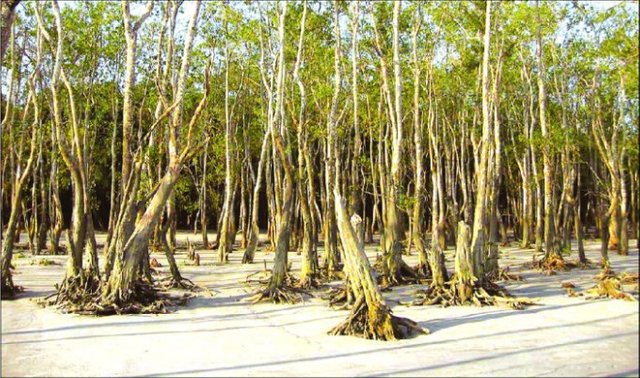
The Sundarbans named after the 'beautiful' tree; Photo by bajroshakti.com
It is not possible to conduct survey very easily in the Sundarbans, full of water and wildlife. The first maps were created when the East India Company took possession of the Sundarbans region in 1757. At that time, the Sundarbans area was about 17 thousand square kilometers. Then gradually the habitat of the Sundarbans was gradually decreasing, its volume decreased gradually. Later, when the British government accepted its copyright, the first survey was conducted in 1829. In the year 1878, the Sundarbans were declared as reserve forests and the responsibility for the next year was entrusted to the forest department. In this way, after the independence of India in 47 years, this division of natural beauty became divided into two parts.
Plants and animals
Compared to the other mangrove forests in the world, there is a great deal of difference between the plants of the Sundarbans. Because the Sundarbans is not only salt water, but it also flows through the fields of fresh water. This feature has separated the Sundarbans from other mangrove forests worldwide. Sundarbans is the beauty of its beautiful tree. Needless to say, the most noticeable plants in this forest are beautiful trees. Besides, the holder of the forest variety of Geva, Garna and Kewora Sundarbans. Since most of the plants are evergreen, their physiological and structural adaptation methods are almost the same.
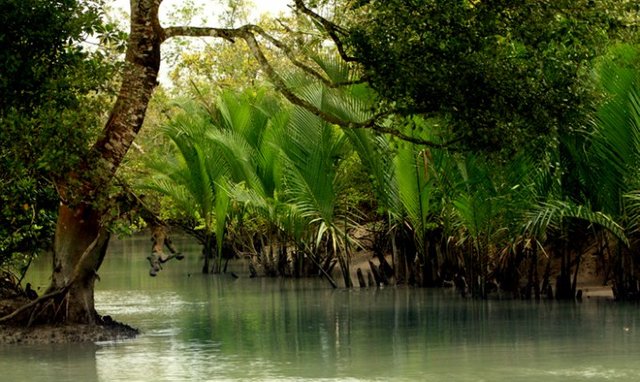
Sundarban's evergreen vegetable; Photo: xnmoin.blogspot.com
In 1903 Pine wrote a book on the Sundarbans. There are 334 species of plants in the Sundarbans, there are 334 species of plants. And according to the available data, 35 species of 50 species of mangrove forests are found in our Sundarbans. In the Sundarbans, mangrove trees are also dominated by mangrove forests. Among them, Shaon, Pulle Reed and Gulpata are one of the most important.
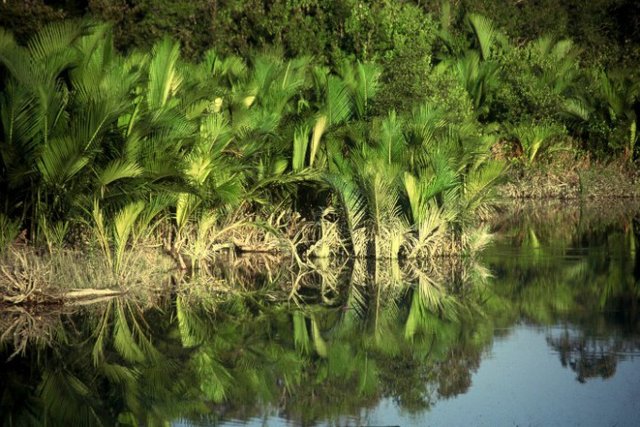
Sundarbans famous palm tree; Photo Gratitude: Faizul Latif Chowdhury
The name of the most prominent animal in the animal diversity is the Royal Bengal Tiger, whose home is Sundarbans. It is said that the Royal Bengal Tiger is the most handsome of all the tigers worldwide.
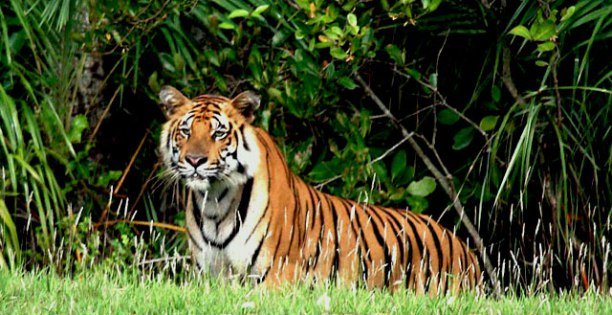
Royal Bengal Tiger of the Sundarbans; Photo: sundarbantours.com
In the 1950s, tigers could be seen almost everywhere in Bangladesh. The last Royal Bengal Tiger was observed in Madhupur and Gazipur in Dhaka in 1966. Then the number of tigers gradually decreases in Bangladesh. And now Sundarbans is the only dwelling place of this tiger. However, the number of tigers of the Sundarbans is decreasing day by day. According to the 2004 census, the number of tigers in the Sundarbans was 440, but in a private census of 2006 it is only 200-250 that the number of tigers in India is more than 1,400 plus. According to the latest census, the number of tigers in Bangladesh is just 106! Among the other animals of the Sundarbans, turtles, coughs, lizards, oysters, deer, crocodiles are notable. There are about 50 species of mammals in this forest. Among them are Royal Bengal Tiger, Chitra deer, Maya deer, Rhesus monkey, Forest cat, Leopard, Szuru, Oud and wild pig head.
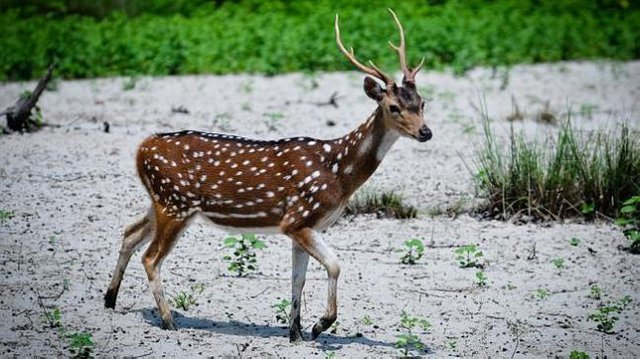
Deer of the Sundarbans; Photo: bdreports24.com
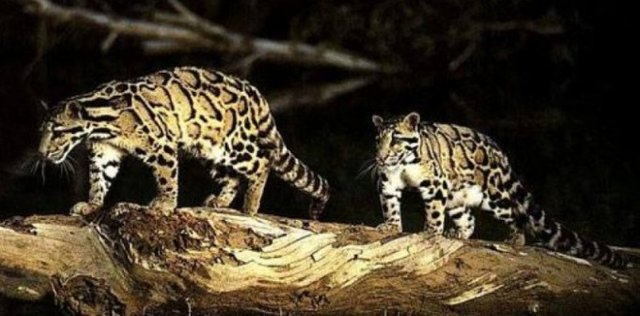
Big cats of Bengal; Photo: greennewsbd.com
Around 270 species of resident and 50 species of migratory birds are found in the Sundarbans. In the Sundarbans of the nine species of fish, there are woodpeckers, Bhagitath, owl, Modhupiy, Bulbul, Shalik, Fang, Babu, Dewgh, Beau, Pokhi, Fulgajuri, Muniya, Tuntuni and various types of small singers.
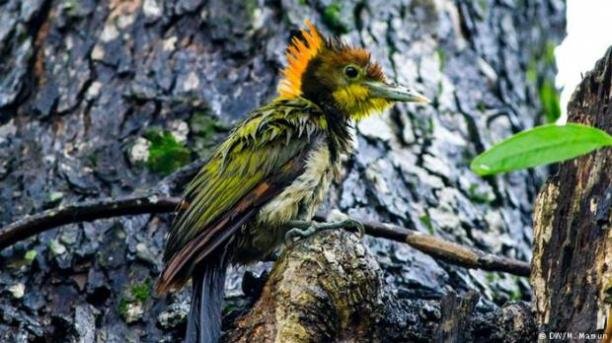
A 'Greater Yoloneep' or a big hodesti woodpecker in the Sundarbans; Photo source: dhakatouristclub.com
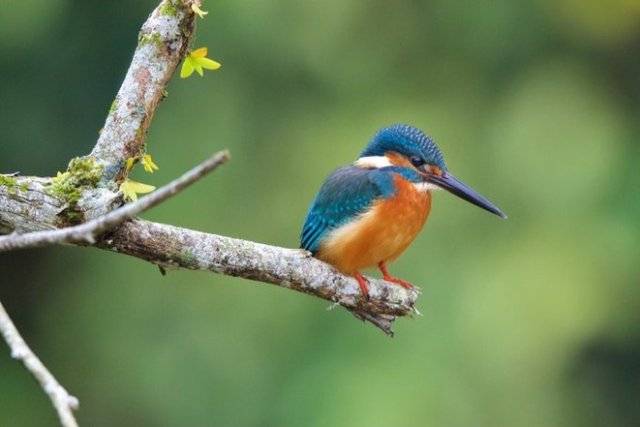
Maasranga of the Sundarbans; Photo: vromonbuddy.com
Seven meters length of estuarine crocodile is one of the main attractions of the Sundarbans, about 50 species of reptile species. Apart from crocodiles, lizards are reptiles, turtles. When you walk on the feet during the walk of the Sundarbans, do not be surprised at anything! Because of the abundance of snakes across the entire Sundarbans. Among the snakes, King cobra, Russell's Viper, Ajegar, Banded Crayett are notable.

Crocodile in the Sundarbans; Photo: shobujbangladesh24.com

King Cobra; Photo source: protikhon.com
There are numerous river-trails throughout the entire Sundarbans and there are about 400 species of fish. Kala shark, Ilsa kamat, Thotti kamat, Kanuya kamat, Parse, etc. are abundant in the fish pond in this forest. Along with fishery resources, there are about eight species of amphibians present in existence. Nearly 29 species of Sundarbans have been extinct in different natural and man-made threats. Some of these are not known by names like Bagarol, Leopard Cat, Oopter, rhinoceros, Irabati (dolphins), dolphins, blue gays, wolves, sea eagles, white owls, giant barks.

Extinct rhinoceros from the Sundarbans; Picture
Economics and tourism centers Sundarbans has immense economic importance. About 4 million people live in permanent and temporary surroundings, surrounded by this Sundarbans. They do their livelihood only on the basis of this forest. Someone may cut trees in the woods, arrange the fuel, someone rounds the roof of the house with golapata, and the mother-in-law collects the hymns. About 45% of our country's wood and fuel comes from the Sundarbans book. Also about 41% of the income received from forest comes from this forest area. Sundarbans is not behind the tourism center. Thousands of tourists from all over the country and abroad gather in the Sundarbans every year. As a result of the arrival of foreign tourists, some foreign currencies are also added as our national income. An enchanting attraction for the forested tourists is still an enchanting natural environment and rich in wildlife walks. It is very easy to keep away from its power. In the Sundarbans, Katka, Hiron Point, Dubalar Char and Tiger Point are the main attractions for tourists. Apart from impressive natural beauty at these places, wild animals can easily be seen by tourists. And for the tourists with the observation tower, there is a facility like a guest center. So, if you want, you can easily come back to the Amazon from the Sundarbans.
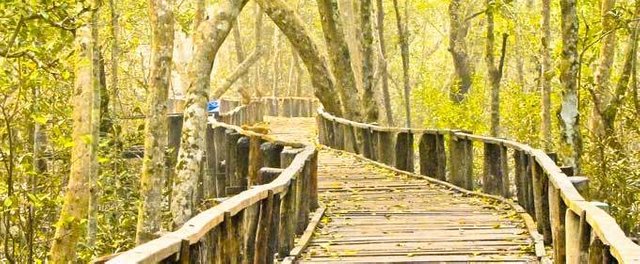
Sundarbans in the middle of the Sundarbans to facilitate tourists; Photo: tourobd.com
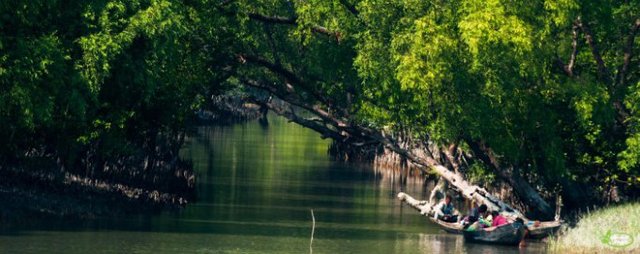
Sundarbans at risk The devastating Cyclone Sidar of
2007 caused severe damage to the Sundarbans. A UNESCO report says that about 40% of the Sundarbans in Sidr have been damaged. Many animals have lost their lives and many trees have been destroyed and destroyed.

Sunderbans damaged in Sidr
In 2014, the oil tanker OT Southern Star-7 sank in the Sundarbans Salaya River. In this, more than 350,000 liters of fuel (fermented oil) oil spreads through the sala river in the entire Sundarbans. This resulted in a dark darkness coming down on the biodiversity of the Sundarbans. In the Sundarbans, there was a species of whale called Bridges White, in addition to Irbati, Indo-Pacific Hamp Bucket Dolphin, Finnish Dolphin, Indo-Pacific Bottle Nose Dolphin, Spinner Dolphin, Perpez Dolphin, Spotted Dolphin, Gungge River River Dolphin. In these incidents, the lives of all creatures fall under threat.

The oil tanker in the Sundarbans is mixed with water and oil; Photo: news.bdfish.org
The Rampal Power Project has become the most fearful of the Sundarbans in recent times. The Rampal power plant, which is just 14 kilometers away from the Sundarbans, is called the risk for the Sundarbans, UNESCO. And the International Environment Agency, giving a letter to the government of Bangladesh to set up this project somewhere far away from the Sundarbans.
UNESCO published a report fearing possible damage to the Sundarbans due to Rampal power project. According to the report, the coal which will be burned in electricity production is harmful to the ash environment. Also, the waste from the power plant is a threat to wetlands. It is also feared that the ships that will move through the Sundarbans surrounding this project and industrialization around them will threaten the diversity of the Sundarbans. UNESCO has decided to include the Sundarbans in the list of risky World Heritage Sites, referring to the Rampal power project canceled or not removed from the Sunderbans safe distance.

Sundarbans is about 14 kilometers away from Rampal